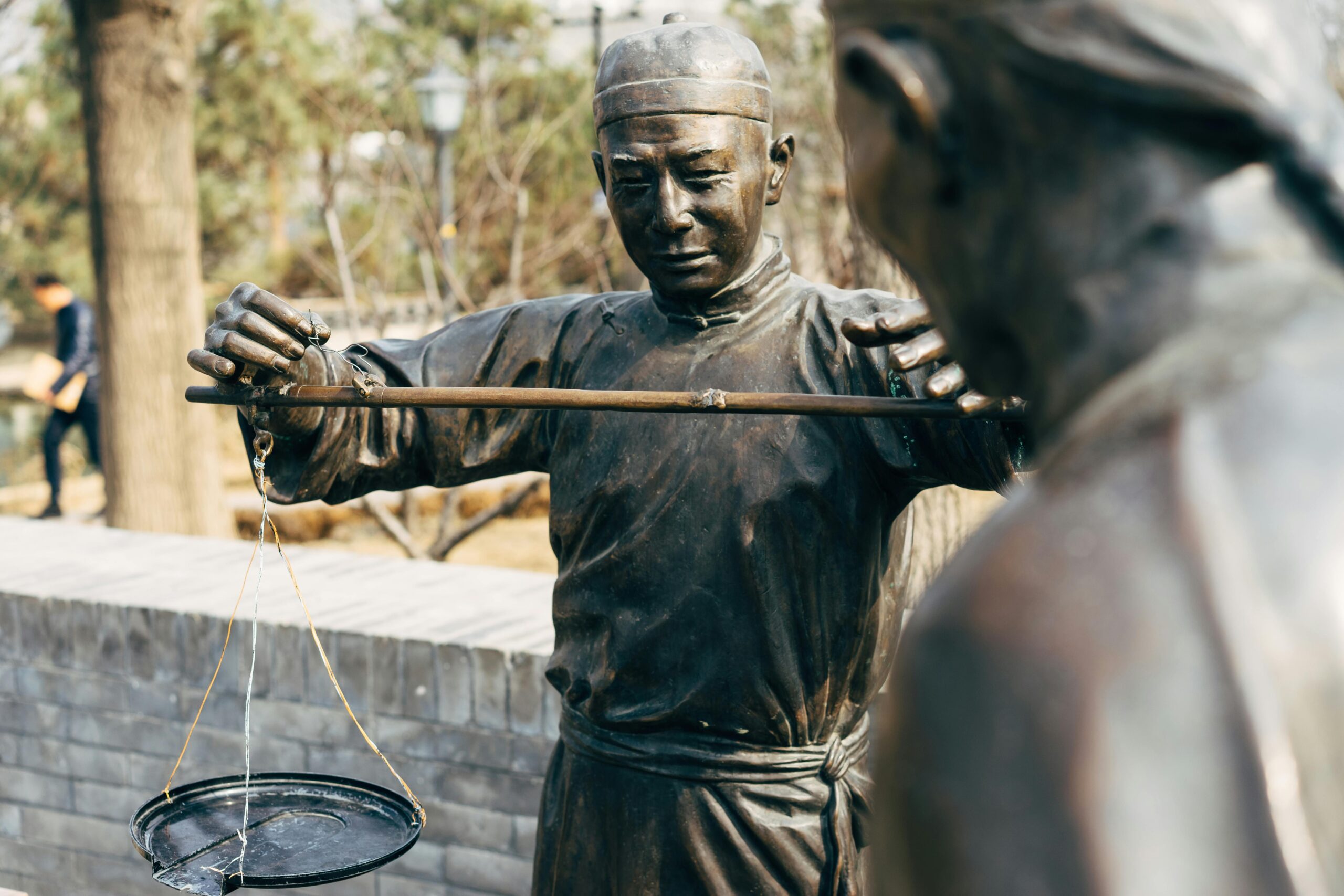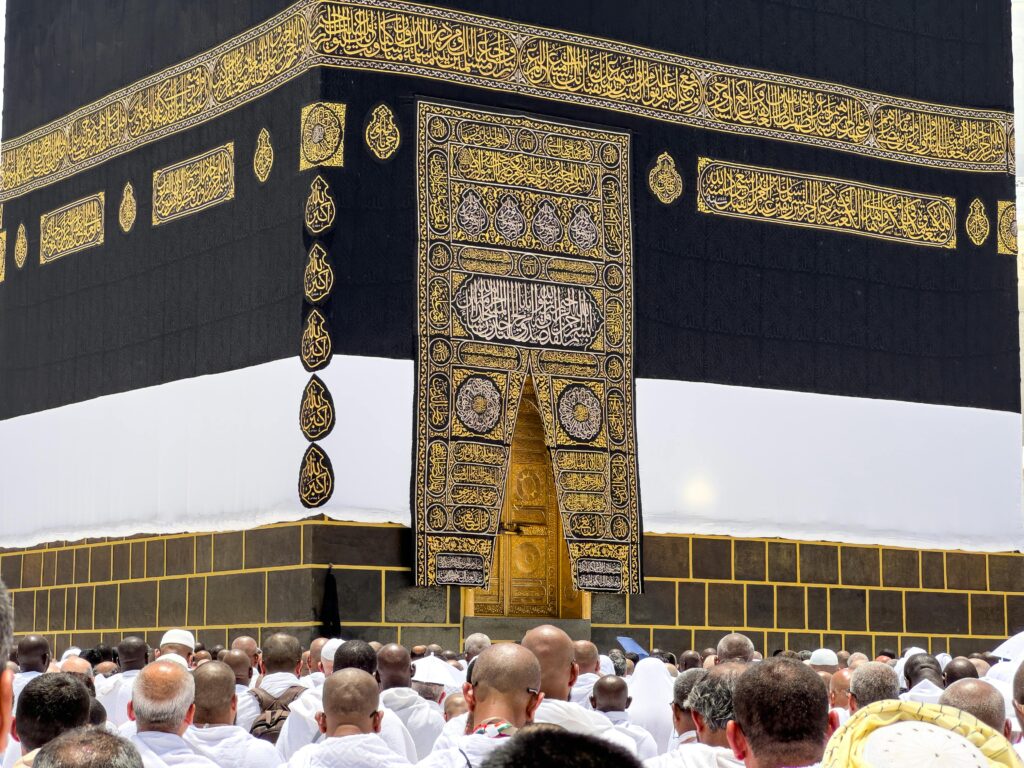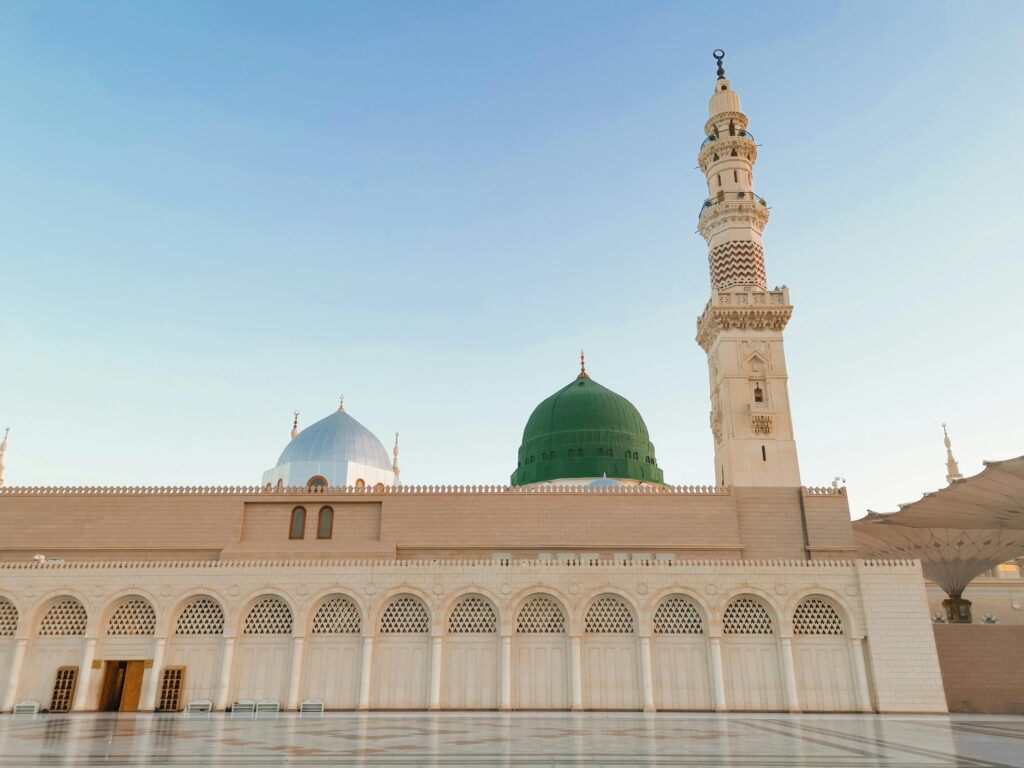Cultural Exchange Along Trade Routes
As people traveled across deserts, seas, and mountains, they didn’t just trade goods. They traded stories, customs, and beliefs. Early Islamic teachings didn’t simply “arrive” in a new place—they mingled with what was already there. The result was a tapestry of faith and culture that looked a little different in each region. These trade routes became bridges, linking far-off societies and letting local traditions blend with Islamic ways. Some of the best examples of this blend stand out in North Africa, West Africa, and Southeast Asia.
North Africa: Islamic Belief Meets Berber Traditions
When Islam reached North Africa, it found a land full of Berber languages, local festivals, and traditional beliefs. Instead of pushing out what was there, Islam often adapted. In some Berber communities, Islamic prayer blended with older ways of honoring ancestors. Festivals changed only a little—prayers might be said in Arabic, but music and food kept local character.
Many Berber words and customs crept into Islamic practice. The Berber script even helped record Islamic texts for local people. Over time, Islam became closely tied with local lifestyles. For centuries, travelers who crossed the Sahara found a unique blend of African tradition and Islamic faith. For more on these exchanges, see this summary about Trans-Saharan trade and its cultural effects.
West Africa: New Faith, Old Customs
Islam swept into West Africa along trade trails carved by gold and salt. Merchants, scholars, and settlers brought the Quran but also listened to the rhythms of West African life. The result wasn’t a carbon copy of Arabian Islam. Local rulers built mosques but kept their own palaces and cultural systems. In towns like Timbuktu and Gao, Islamic schools stood next to homes rich with local art and music.
Family leaders often mixed Islamic practices with time-honored ceremonies. People might celebrate the end of Ramadan with both prayer and local drumming or storytelling. The use of Islamic names, clothing styles, and greetings spread, but so did local languages and traditions. This mix helped Islam flourish instead of fade, adapting to the needs and joys of daily life. A deeper dive into this process is offered by Trade and Geography in the Spread of Islam.
Southeast Asia: Islam with Local Color
Southeast Asia’s islands and peninsulas thrived on ocean trade. Muslim merchants brought new ideas, but they didn’t erase what was already in place. Instead, Islamic belief found its place alongside Hindu, Buddhist, and many indigenous traditions. In Indonesia, local rulers embraced Islam while keeping traditional court rituals and arts.
Islamic holidays were set to the lunar calendar, but ceremonies might include local dance or shadow puppet shows. Even the way mosques looked—sometimes built with pointed roofs or carved wood—showed the local style. It’s a vibrant example of how trade let Islam become part of the culture, not just something from outside. For more details, explore how Islam spread peacefully in Southeast Asia through trade.
The Power of Blending Beliefs and Practice
Blending old and new helped Islam stay relevant across continents. Where it met other beliefs, Islam adopted local dress, music, and customs, making the faith familiar instead of foreign. This flexible approach helped build trust, open minds, and anchor Islam firmly in new soils.
Key points showing how traditions mixed along the routes:
- Language: Arabic added words to local tongues, while local stories gave color to sermons and religious lessons.
- Art and Architecture: Mosque styles changed, reflecting local craft and design, from Morocco’s mosaics to Indonesia’s wooden carvings.
- Celebration and Ritual: Old festivals often found a new twist, tying Islam to the changing seasons and community needs.
Trade routes made it possible for these blends to travel. As people moved, their beliefs and customs went with them, always adapting to each new place. This is why Islam, from Morocco to Malaysia, remains both globally connected and deeply local. For more examples of cultural exchange and its role in the growth of Islam, see this guide on trade routes and cultural exchange.
Conclusion
Trade routes gave early Islamic beliefs a way to travel across continents, carried by merchants, pilgrims, and ordinary people. These routes helped more than just the spread of goods—they spread trust, ideas, and a sense of community built on fair dealings and honest business.
Islamic values mixed naturally with local cultures, creating communities where old and new ways could live side by side. This mix helped Islam take root from North Africa to Southeast Asia and made it both familiar and fresh wherever it reached.
Today, the movement of people, goods, and beliefs continues to connect cultures around the world. Trade still shapes how we share ideas and values, just as it did centuries ago. Thank you for reading—your thoughts on how trade shapes faith and identity are always welcome in the comments.




